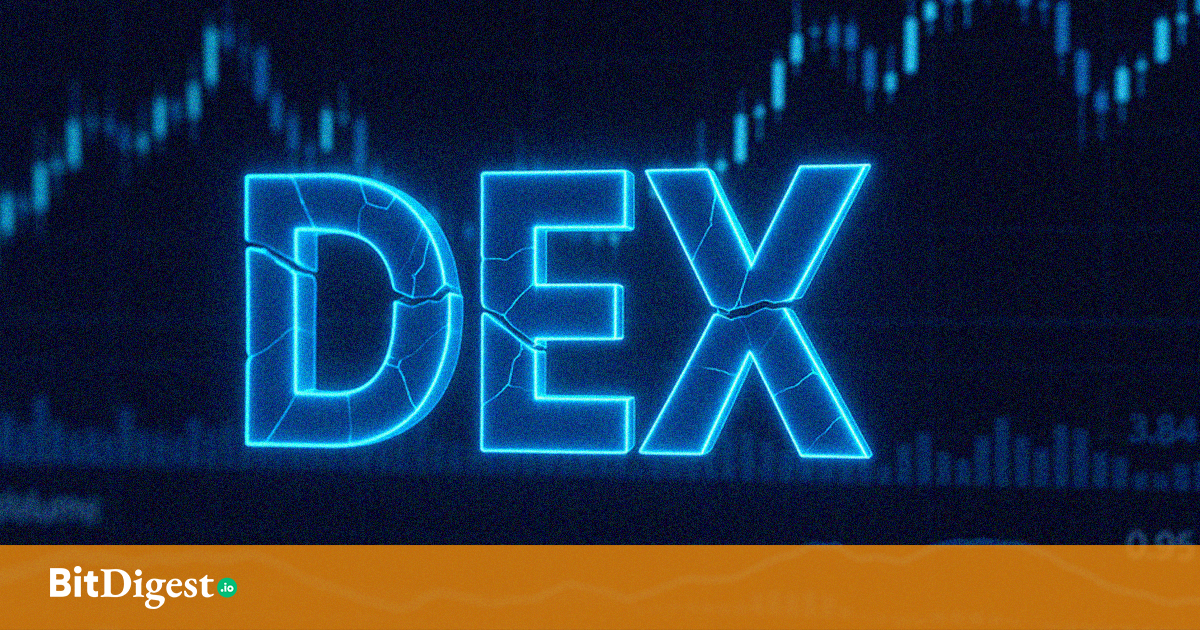The DEX Experience Is Broken—Hybrid Aggregators Are Fixing It
The DEX Experience Is Broken—Hybrid Aggregators Are Fixing It
Decentralized exchanges (DEXs) were supposed to be crypto’s answer to self-custody and transparency. In many ways, they delivered—letting users swap tokens trustlessly, avoid intermediaries, and participate in open financial ecosystems.
But in practice? On-chain trading is still full of friction. Gas fees fluctuate. Token approvals get stuck. Wallets need to be manually switched across networks. Failed swaps, unexpected slippage, and fragmented liquidity are all too common, especially for users crossing between Solana, Ethereum, BNB Chain, or Tron.
Even for experienced DeFi users, trading on DEXs can feel like solving a puzzle every time. For newcomers, it’s often enough to push them back toward centralized exchanges (CEXs). That tension—between control and convenience—is driving a new design trend: hybrid aggregator platforms that bring CEX-style usability to decentralized ecosystems.
The Rise of Hybrid Aggregators
Traditional DEXs are protocol-first. They operate independently, optimized for their own chain’s logic. But most crypto users don’t think in chain logic—they think in outcomes: “Swap this token for that one.” “Trade across networks.” “Find the best route.”
That’s where hybrid DEX aggregators come in. Rather than replacing existing protocols, these platforms aggregate them—surfacing the best liquidity and execution path behind a simplified interface. They do not take custody of user funds, but they abstract away the pain points: bridging, routing, gas management, and wallet switching. In short, they offer DeFi access that feels more like a centralized trading app, without the trade-offs.
A New Layer Between DeFi and Usability
A strong example of this new model is MEXC DEX+, a cross-chain DEX aggregator built by MEXC Ventures. DEX+ connects users to liquidity across major decentralized exchanges including Uniswap, PancakeSwap, Raydium, and more; spanning ecosystems like Ethereum, Solana, BNB Chain, Base, and Tron. Users don’t need to leave the platform or manually connect separate wallets for each chain. Instead, DEX+ offers a unified interface where assets can be traded and bridged with minimal technical steps. What makes it stand out is its CEX-like feel. There’s no need to manage RPCs, bounce across DeFi dashboards, or copy contract addresses; gas fees are calculated and embedded dynamically; trades are routed via the most efficient path across supported DEXs. Not to mention, there’s no seed phrase management or extra browser extensions are required to start. It’s designed for users who want the benefits of DeFi. without getting lost in it.
Over the last few years, crypto UX has taken a backseat to protocol innovation. However, as real adoption pushes forward, experience matters more than ideology. Users want access to the best liquidity and lowest slippage across chains, but they don’t want to use five tools to make one trade. Hybrid aggregators like MEXC DEX+ solve that problem. They offer:
- A non-custodial interface that protects user funds
- Cross-chain routing behind the scenes
- Familiar UX for users coming from CEXs
- Seamless onboarding into DeFi ecosystems—without asking users to “figure it out”
This model doesn’t compete with DeFi—it amplifies it by removing the blockers that stop real users from participating.
The Future of Trading Is Both On-Chain and Usable
The goal isn’t to force a switch from CEX to DEX. Instead, it’s meeting users where they are—on both sides of the spectrum to offer an on-ramp into on-chain trading that doesn’t feel like a downgrade. As more users become comfortable holding their own keys and exploring decentralized ecosystems, platforms like DEX+ provide a transition layer that makes the jump easier, safer, and more efficient.
In regards to staying relevant in a multichain world, this hybrid approach may soon become the norm. Decentralized finance isn’t going away, but neither are user expectations for speed, simplicity, and convenience. The next evolution of crypto trading isn’t about choosing between centralized or decentralized—it’s about creating tools that combine the best of both. MEXC DEX+ is one example of what that evolution looks like: real-time on-chain aggregation with the feel of a trading app. If DeFi is going to scale, it needs better doorways—hybrid platforms are becoming just that.
.svg)


.svg) SHARE TO FACEBOOK
SHARE TO FACEBOOK SHARE TO TWITTER/X
SHARE TO TWITTER/X SHARE TO LINKEDIN
SHARE TO LINKEDIN SEND TO MAIL
SEND TO MAIL




.svg)


.svg)